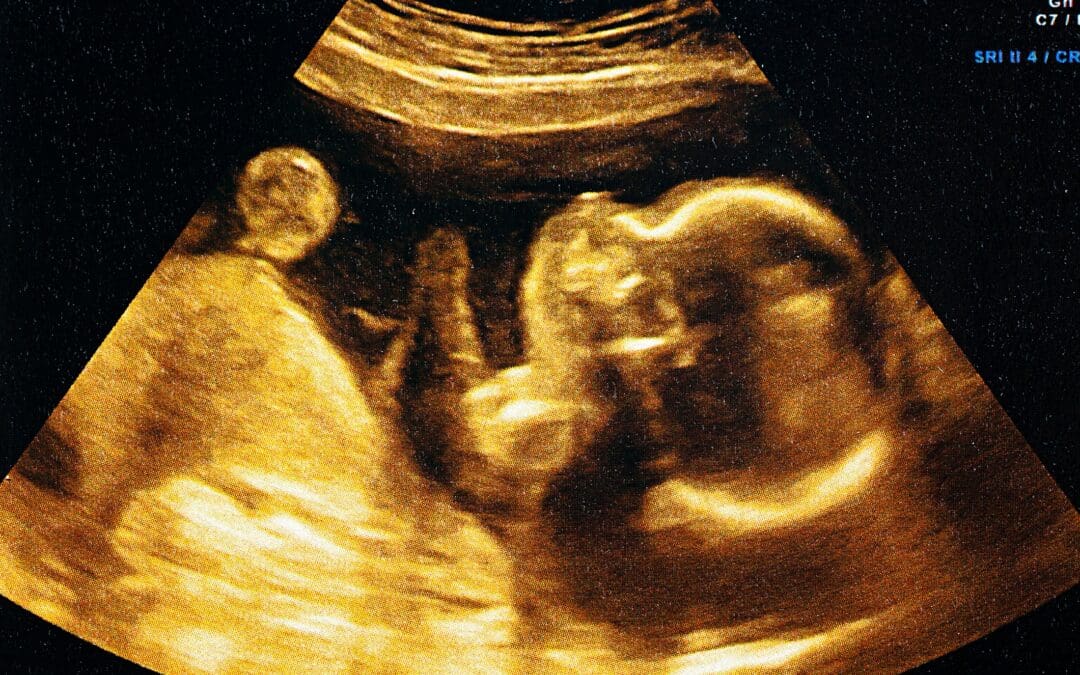“I remember when reports announced that Princess Kate of England was pregnant. Even the most secular news outlets immediately began talking about the child in her womb as an heir to the throne”¦ But doesn’t the dignity we conferred on a ‘royal’ baby apply also to countless other ‘ordinary’ babies whose lives are no less significant?[1]“
For me, being pro-life is not about politics. It’s about civilized society, common sense, science, human rights, and Scripture. Here’s my case:
- Civilized Society: In the 1992 decision Planned Parenthood v. Casey, former Justice Sandra Day O’Conner said: “The ability of women to participate equally in the economic and social life of the nation has been facilitated by the ability to control their reproductive lives.” This is associated with what is called the “reliance interest”; that is, the idea that women have come to rely on abortion to maintain their place in society. I’m certainly an advocate for the equality of women and will talk about that next week. I’m confident, however, that a civilized society can find a way to protect one life in a way that doesn’t “rely” on destroying the life of another. What gives us justification to idolize a woman’s body and social status, and to place its value over the life of her own child? Is abortion really the best option we have to protect a woman’s economic and social equality? I know we can do better.
- Common Sense: Rather than being above a president’s paygrade, the pro-life position is common sense: Is the unborn fetus human? Yes. Is it alive? Yes. Then it’s human life. It’s that simple.
- Science: Human life begins at fertilization, that is, with the union of sperm and ovum.[2] Especially on this side of ultrasound technology, most will easily agree on this. A picture’s worth a thousand words. Chuck Colson in his book, How Now Shall We Live, described Dr. Bernard Nathanson’s use of ultrasound technology to witness abortion:[3] “Nathanson knew quite well what happened in an abortion. Yet when he saw abstract concepts transformed into vivid images””when he actually witnessed tiny bodies being ripped limb from limb””he was startled and revolted. Even more sickening, the ultrasound showed babies desperately trying to wriggle away from the suction apparatus. One twelve-week fetus continued to struggle even after it had been severely maimed, opening his mouth in what looked like a scream of fear and pain.”[4]
- Human Rights: Not all agree that a fetus is a person. The courts have said that to be a person, one must be rational, conscious, and self-aware. Pre-born children certainly have a brain and this potential; they only need time to develop these capacities. It is the same after they are born. They have promise and aptitude, but need time to learn to crawl, walk, speak, read, and defend themselves. That is why personhood should be grounded in who we are, not in what we can do, the stock we come from, our religion, the color of our skin, or the circumstances of our birth. Not grounding personhood in what we are only sets us up for discrimination””or perhaps worse: lynchings, gas chambers, and the furnaces of Auschwitz.
Human rights””and all the protections that go with them””are for human persons. And we, including the unborn, are all members of the human family, teeming with hope and possibility.
- Scripture: “The overall picture of the unborn child presented by Scripture is not, as Aristotle would have it, of a gestating vegetable life waiting for an animal soul. Instead, the Bible portrays the unborn child the same as it does a developed infant”¦”[5] Here are just a few examples:
- Psalm 139:13-17 gives a beautiful poetic description of fetal development in the womb: “For you formed my inward parts; you knitted me together in my mother’s womb. I praise you, for I am fearfully and wonderfully made. Wonderful are your works; my soul knows it very well. My frame was not hidden from you, when I was being made in secret, intricately woven in the depths of the earth. Your eyes saw my unformed substance; in your book were written, every one of them, the days that were formed for me, when as yet there was none of them. How precious to me are your thoughts, O God!” The “knit me together” image is especially moving when you see what human DNA looks like next to the stained-glass rose window from Yorkminster Cathedral in Yorkshire, England:

- The callings of Isaiah and Jeremiah while in the womb:
- Listen to me, you islands; hear this, you distant nations: Before I was born the LORD called me; from my mother’s womb he has spoken my name. (Isa. 49:1, NIV)
- “Before I formed you in the womb I knew you, before you were born I set you apart; I appointed you as a prophet to the nations.” (Jer. 1:5, NIV)
- Luke 1:40-45 points to fetal awareness in John the Baptist and fetal development in both Jesus and John: “When Elizabeth heard Mary’s greeting, the baby leaped in her womb, and Elizabeth was filled with the Holy Spirit. In a loud voice, she exclaimed: ‘Blessed are you among women, and blessed is the child you will bear! But why am I so favored, that the mother of my Lord should come to me? As soon as the sound of your greeting reached my ears, the baby in my womb leaped for joy. Blessed is she who has believed that the Lord would fulfill his promises to her!'” (Luke 1:39-45)
- Psalm 139:13-17 gives a beautiful poetic description of fetal development in the womb: “For you formed my inward parts; you knitted me together in my mother’s womb. I praise you, for I am fearfully and wonderfully made. Wonderful are your works; my soul knows it very well. My frame was not hidden from you, when I was being made in secret, intricately woven in the depths of the earth. Your eyes saw my unformed substance; in your book were written, every one of them, the days that were formed for me, when as yet there was none of them. How precious to me are your thoughts, O God!” The “knit me together” image is especially moving when you see what human DNA looks like next to the stained-glass rose window from Yorkminster Cathedral in Yorkshire, England:
The Creator of our DNA’s intimate care and concern extends to all human life. Period. The unborn children we fight to protect may be potential princes or princesses, statesmen or justices, medical doctors or great, holy people. Or they may have special needs or disabilities, but nonetheless teach us incredible things about love, empathy, and infectious joy. All are little children that Jesus loves. His coming as a human being was the result of the greatest unplanned pregnancy in recorded history. He came to forgive our sins and bring life to dead souls by his Spirit. And these truths “” the dignity of all human unborn life, the forgiveness of sins, and the inward fire of perfect love “” still move our spirits to leap for joy.
This post was re-printed with permission from carpentertheologian.com
[1] David Platt, Counter Culture (Carol Stream, IL: Tyndale), 63
[2] http://www.calright2life.org/difference.htm
[3] His taping of the procedure led to the film The Silent Scream.
[4] Charles Colson, How Now Shall We Live? (Carol Stream, IL: Tyndale, 1999), Chapter 22.
[5] http://www.orthodoxytoday.org/articles/EarlyChurchAbortion.php

